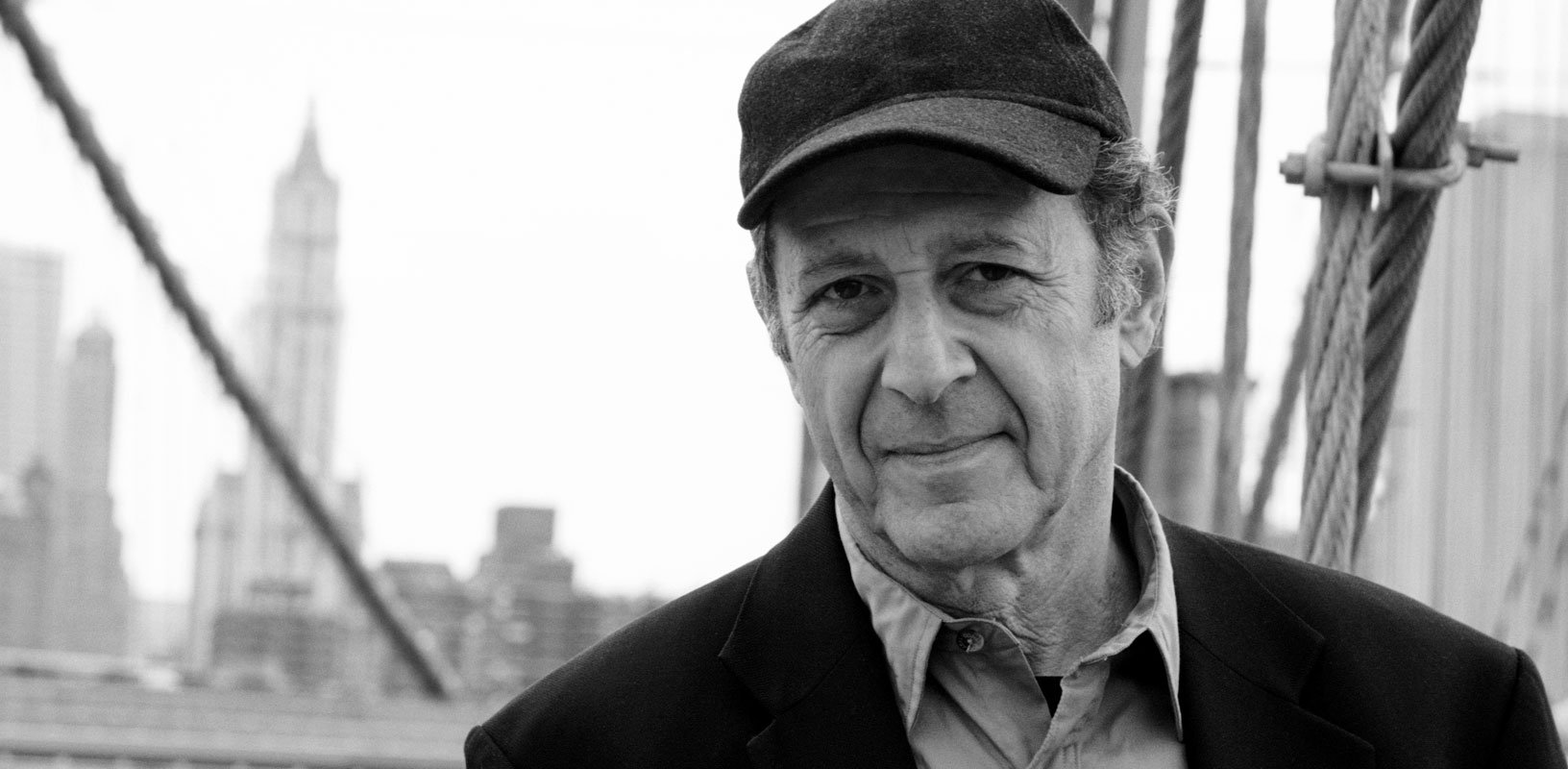Music for Ensemble and Orchestra Triumphs in LA and London

Steve Reich’s latest orchestra work (in fact, his first orchestral work in over 30 years) premiered in Los Angeles and London, winning over audiences and critics alike.
Steve Reich’s Music for Ensemble and Orchestra received its world premiere on November 1 with the Los Angeles Philharmonic and Susanna Mälkki, and its UK premiere on November 29 with the London Symphony Orchestra and Kristjan Järvi. The much-anticipated new orchestral work has been praised widely by critics on both continents.
As with many Reich works, the piece conveys a broad atmospheric sensibility. The New Yorker described it as “a vista of shimmering desert stillness.” The Los Angeles Times also uses nature to describe the piece’s impressive effect: “A metaphor for the rhythmic process might be cell division, an aural sense of multiplication producing a life force. That was especially apparent at the end when the orchestra began a kind of vibratory activity in shifting tone colors. The organism was whole and was starting to wiggle away on its own. The effect was brilliant."
Reich’s music often stands out for its fine intricacy and complex rhythmic interlocking of parts. Musical America called the work “exquisitely crafted,” and San Francisco Classical Voice wrote, “What?Music for Ensemble and Orchestra?displays most brilliantly is the work of a master craftsman who has developed his technique over the course of a lifetime: the piece shines like a multifaceted jewel.” The Financial Times wrote, “The work’s multiple layers draw the listener in and do not let go, a rewarding addition to 50 years of minimalism.”
Underscored by all other praise was the consensus that this work was another Reich classic, unmistakably written in the modern master’s signature voice. “You knew only one composer could have written this” (LA Times).”
Los Angeles Times
“You knew only one composer could have written this.”
“A metaphor for the rhythmic process might be cell division, an aural sense of multiplication producing a life force. That was especially apparent at the end when the orchestra began a kind of vibratory activity in shifting tone colors. The organism was whole and was starting to wiggle away on its own. The effect was brilliant.
San Francisco Classical Voice
“What?Music for Ensemble and Orchestra?displays most brilliantly is the work of a master craftsman who has developed his technique over the course of a lifetime: the piece shines like a multifaceted jewel.”
“The instrumental contrasts are vivid as high voices in the winds float above the low strings and the thump of the electric bass line. At one point the mood almost takes on a shadowy film noir air of mystery. But on the whole, the atmosphere is one of bright, crisply punctuated Reichian familiarity.”
Musical America
“exquisitely crafted”
“Both contrapuntally and in his textural interweave, Reich evokes Bach’s Brandenburg Concertos, though the counterpoint’s focus is rhythmic rather than thematic and the timbres echo models from jazz and gamelan orchestra alike.”
New Yorker
“a vista of shimmering desert stillness”
Financial Times
“Best by far was Reich’s new work, Music for Ensemble and Orchestra, which had its premiere earlier this month. Reich has never lost his intellectual rigour, and this new score is constructed on a foundation of strong principles. As an ensemble of strings, wind, two vibraphones and two pianos converse in an intricate dialogue, the orchestral background opens up a rich and wider soundscape. The work’s multiple layers draw the listener in and do not let go, a rewarding addition to 50 years of minimalism, and given a fine performance here by Jarvi and the LSO.
The Times
“[Reich’s] first orchestral work for more than 30 years recalls the focused euphoria of_ Desert Music_ in succinct form, with rapt coupling of solo violin and flute, and musky clarinets.”
Telegraph
“The music’s delightful dancing wit, and the moving, almost ritualistic calm of the slow movement, shone through”
Classical Source
Using his orchestral forces sparingly, and often carefully just a few desks at a time, Reich’s melodic thrust is on the ensemble, which passes melodic threads between solo instruments, with the paired keyboards and vibraphones working – as expected – in teams. There is both constant movement but also constant timbral variation to effortlessly mesmerise in its intricacies. It’s a winner!
> Further information on Work: Music for Ensemble and Orchestra
Photo: Jeffrey Herman
